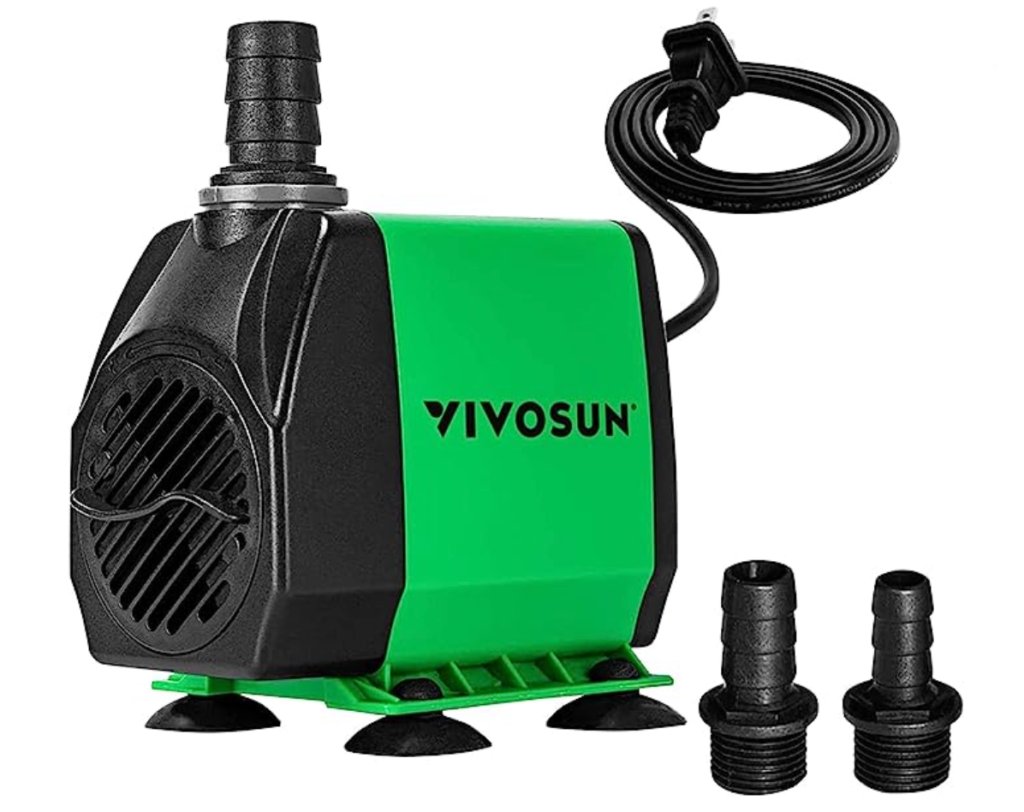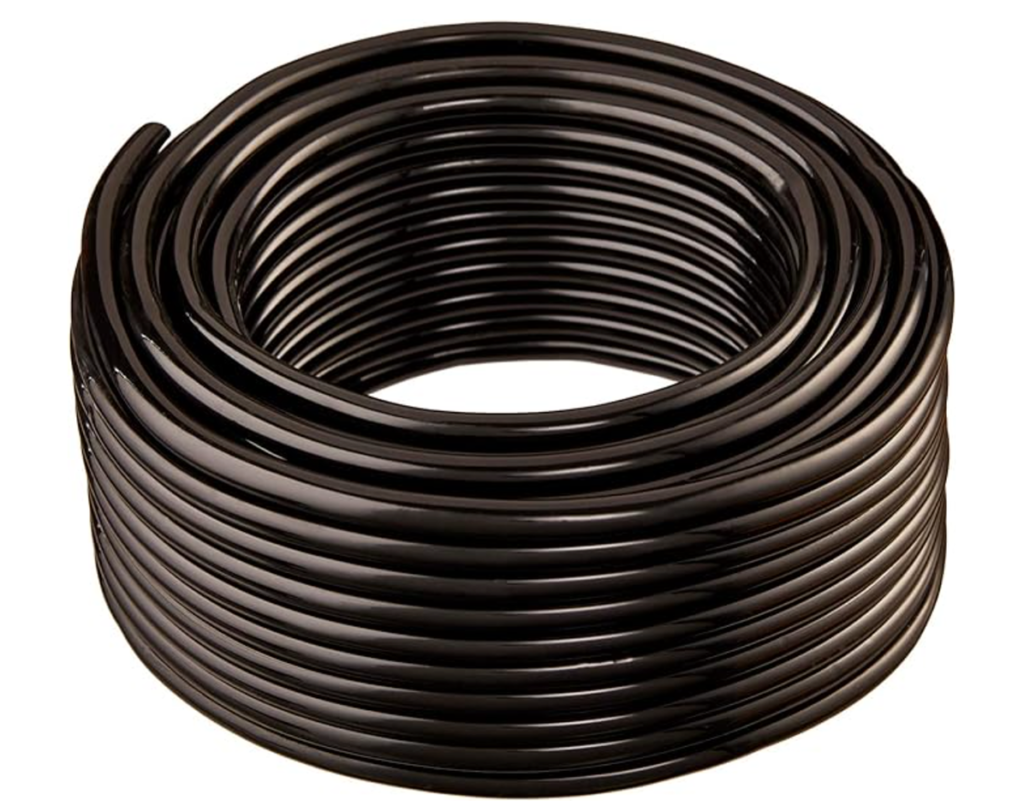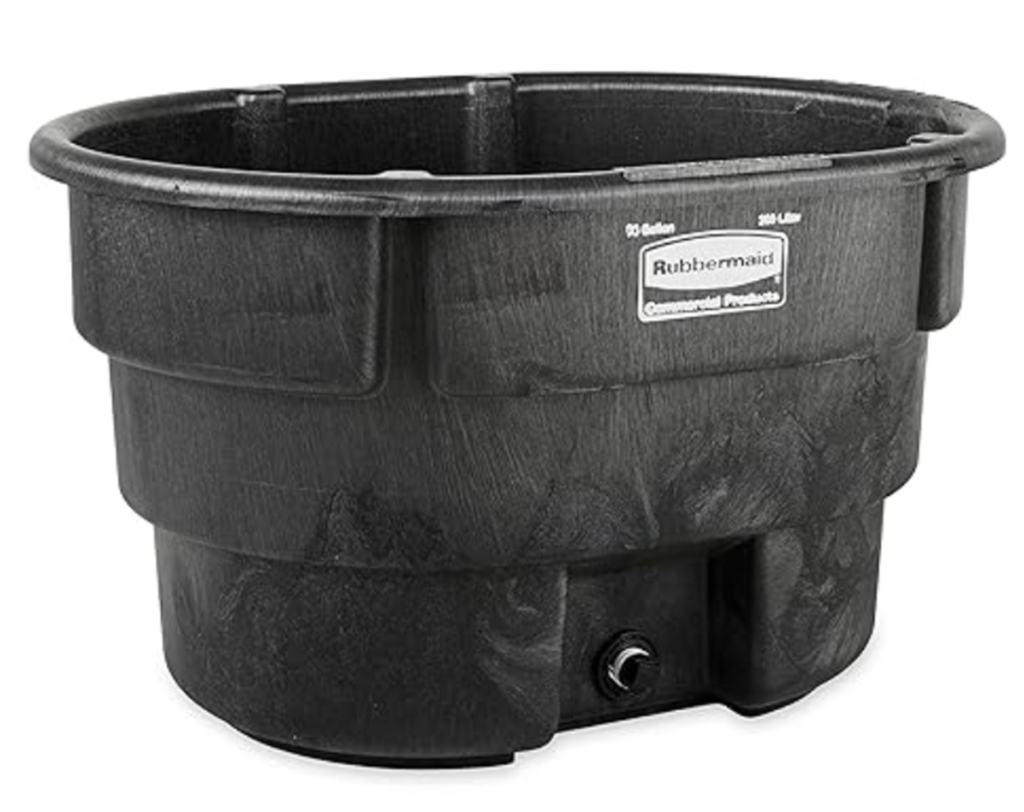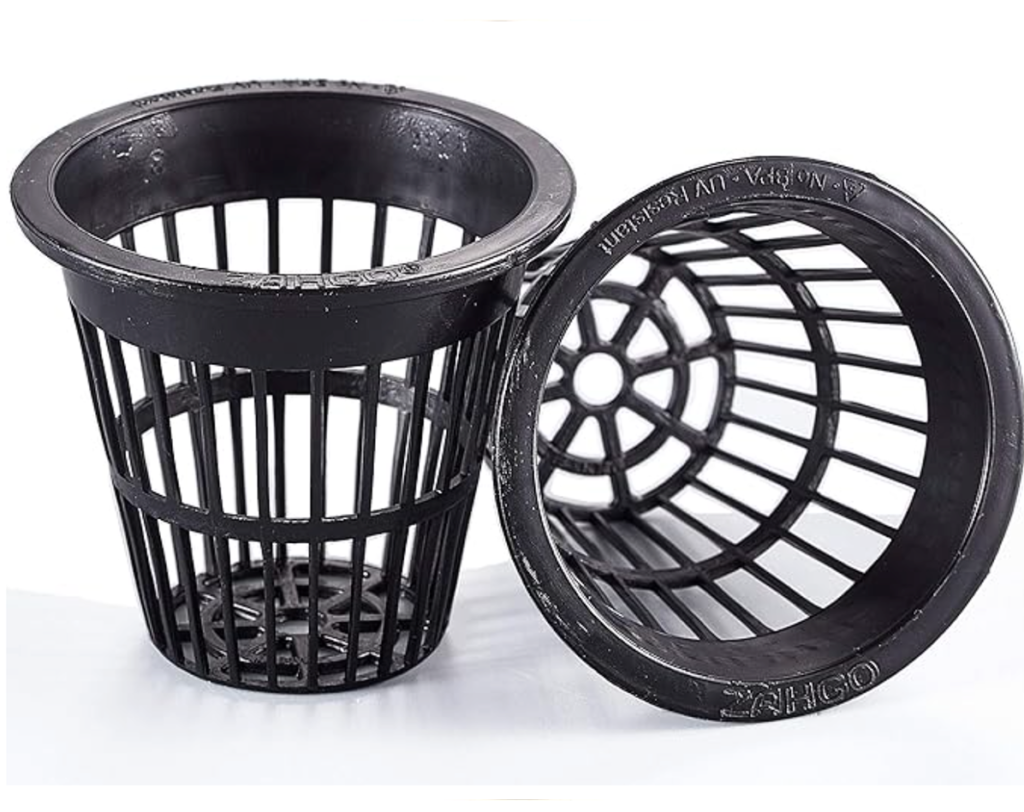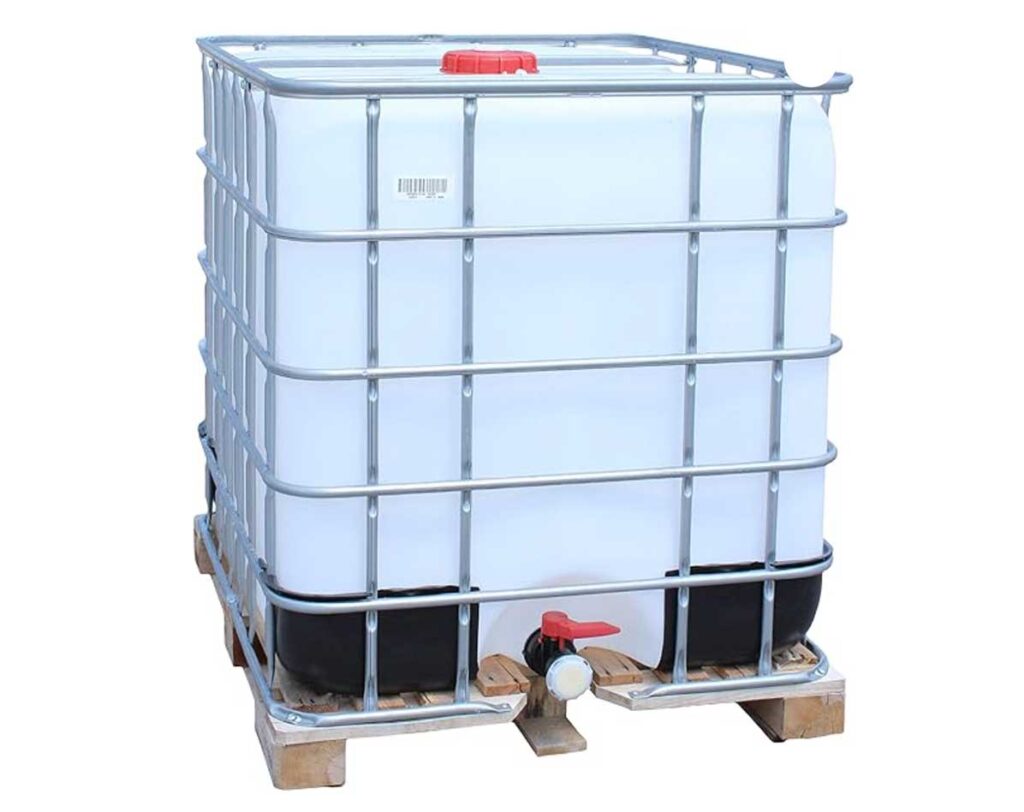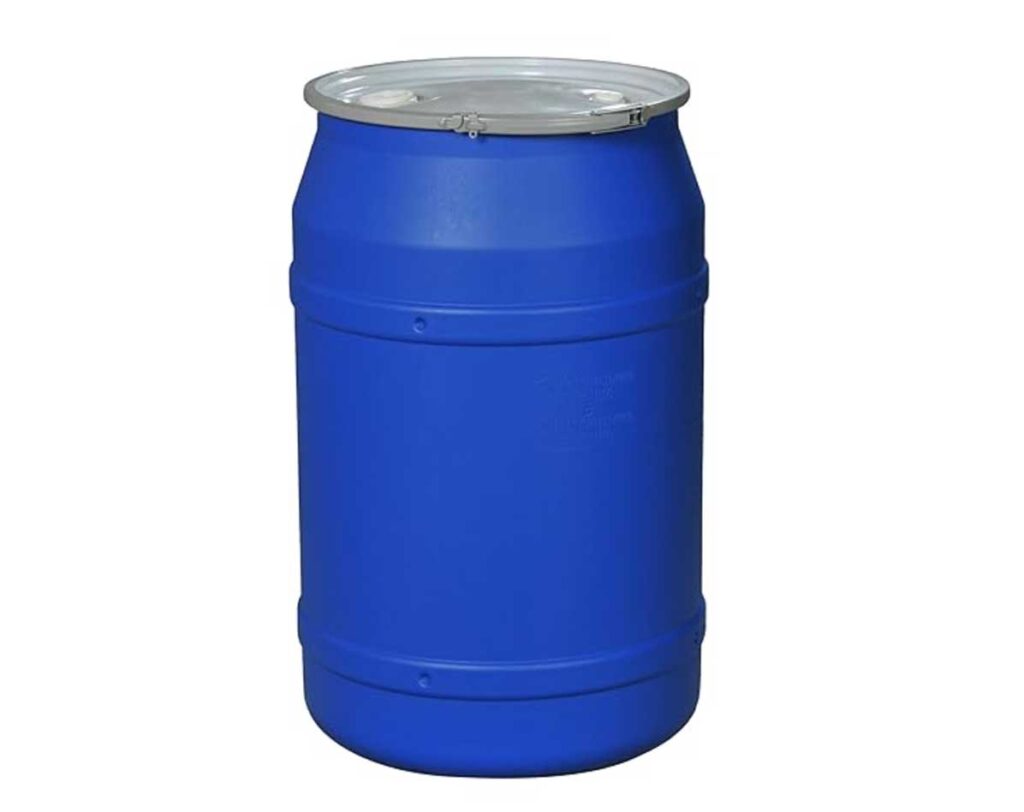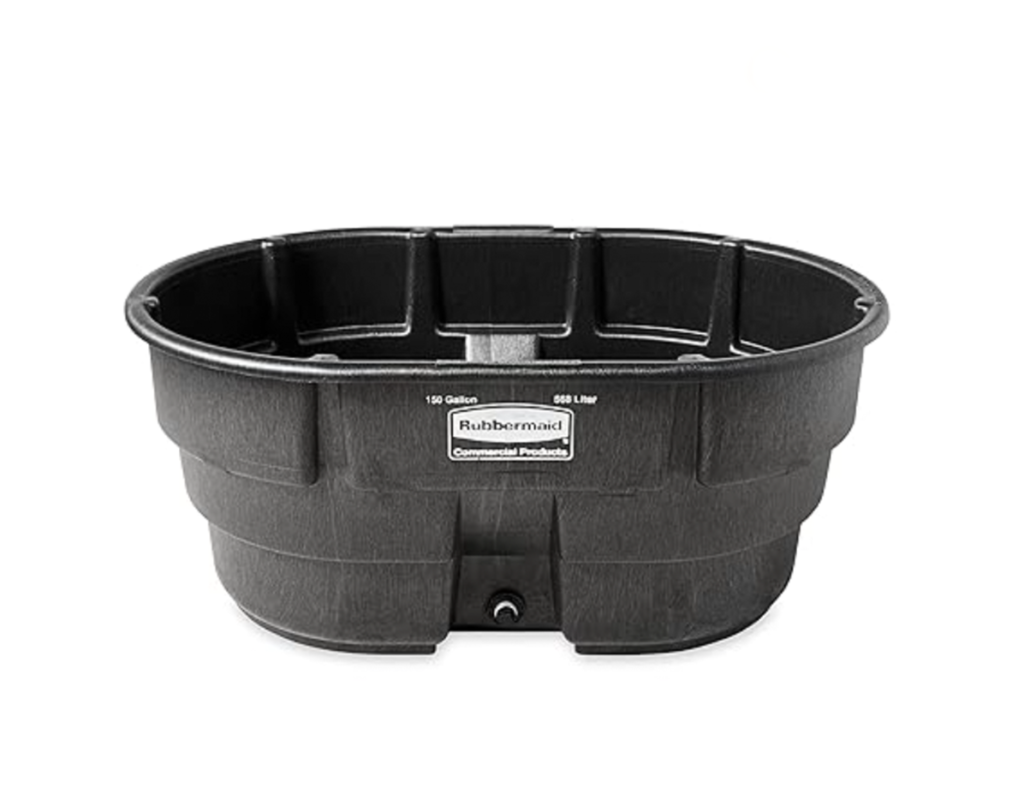Aquaponics: Growing Plants & Fish Together
Aquaponics is where the food cycle for fish ends and the food cycle for plants begin.
Aquaponic farming can be used on both a large or small scale. Some use it for preventative medicine, controlling everything that their body intakes, others use it for their main source of protein and nutrition in an area with a lack of natural resources for survival. A simple system can be as easy as adding some plants to your fish tank, to a unit that offsets many of your family’s meals. The choice is up to you.
There are many different types of technology used in aquaponics, each with its own set of advantages and disadvantages. First let’s address the elephant in the room, for those that do not know, what aquaponics is.
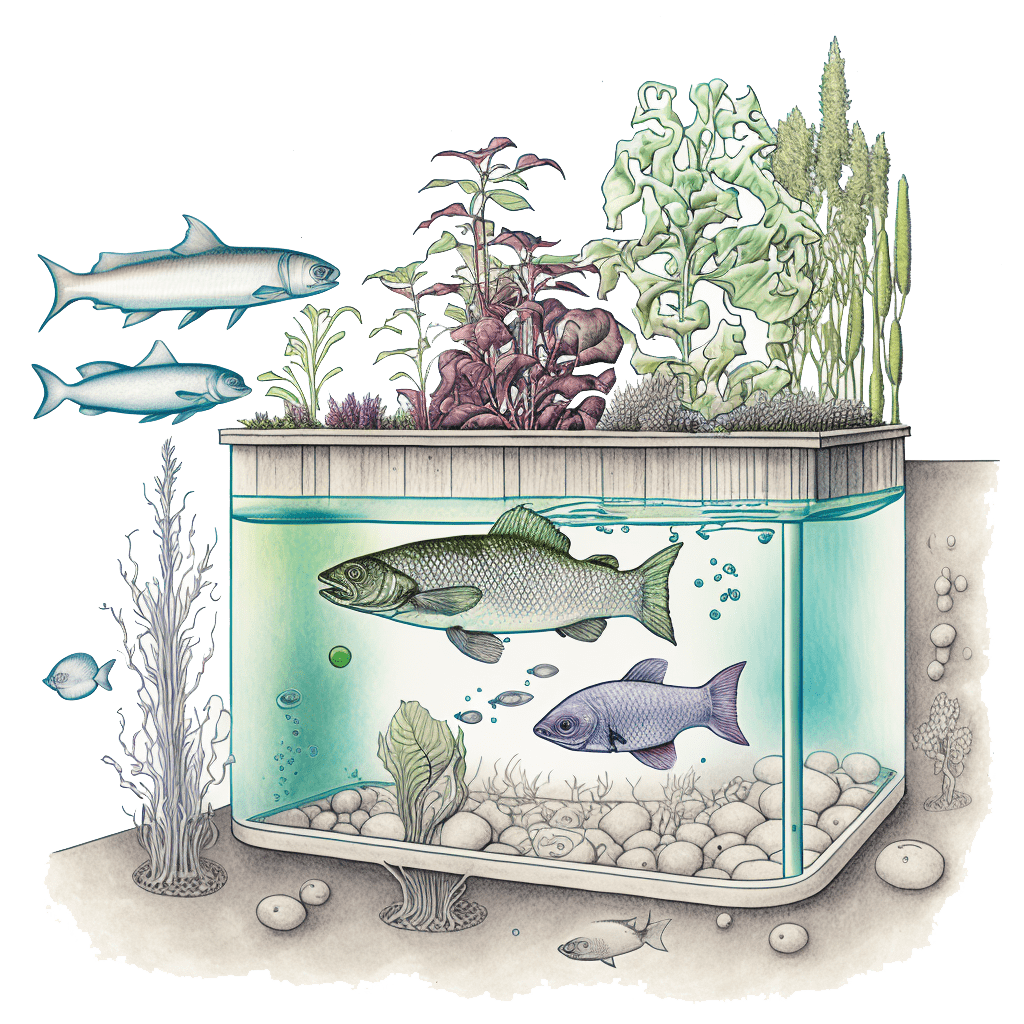
aquaponics set ups:
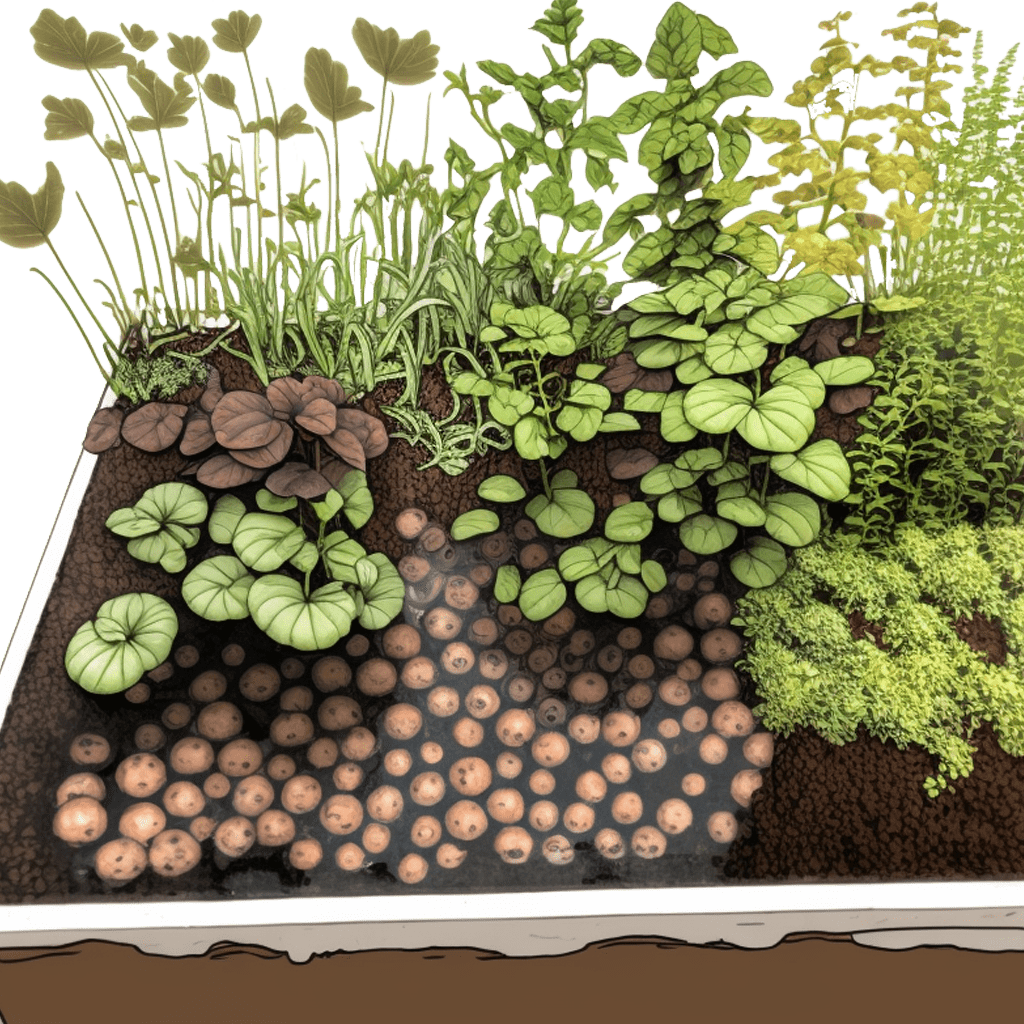
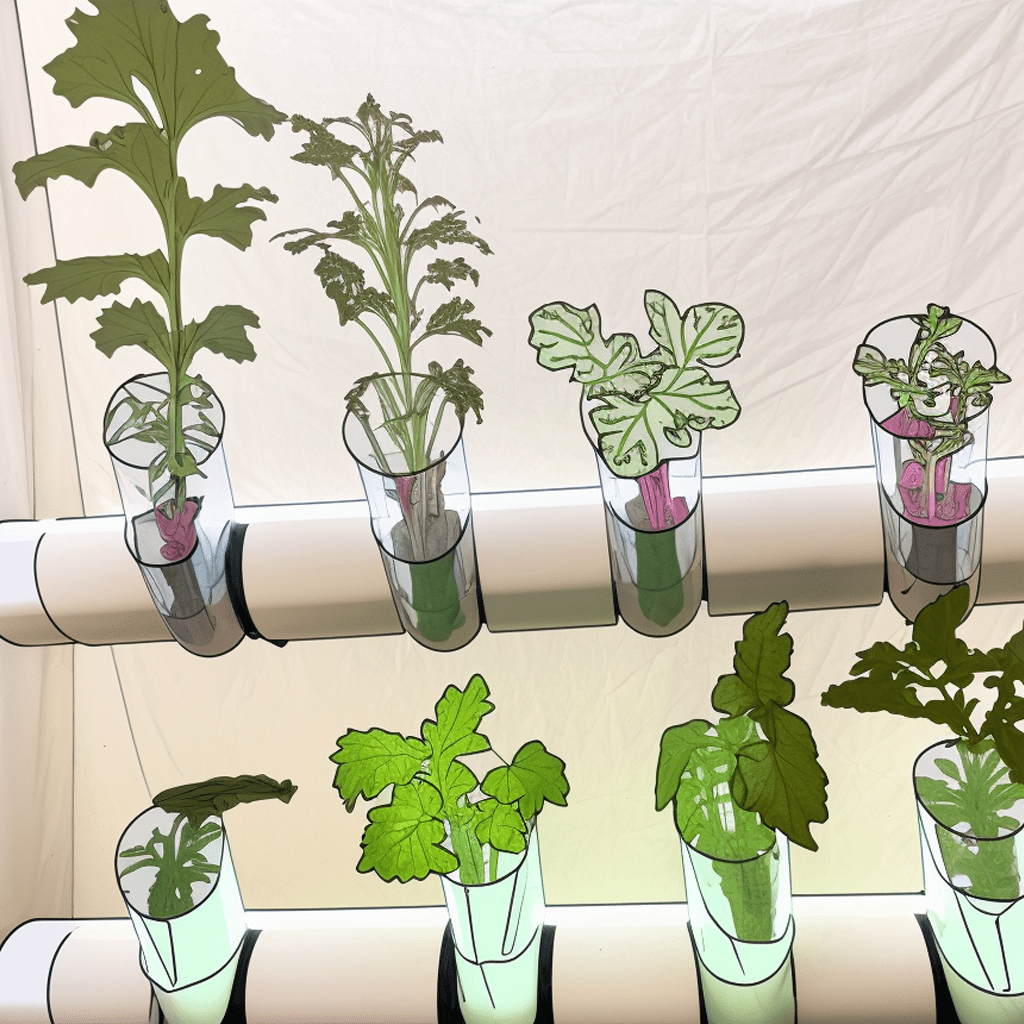
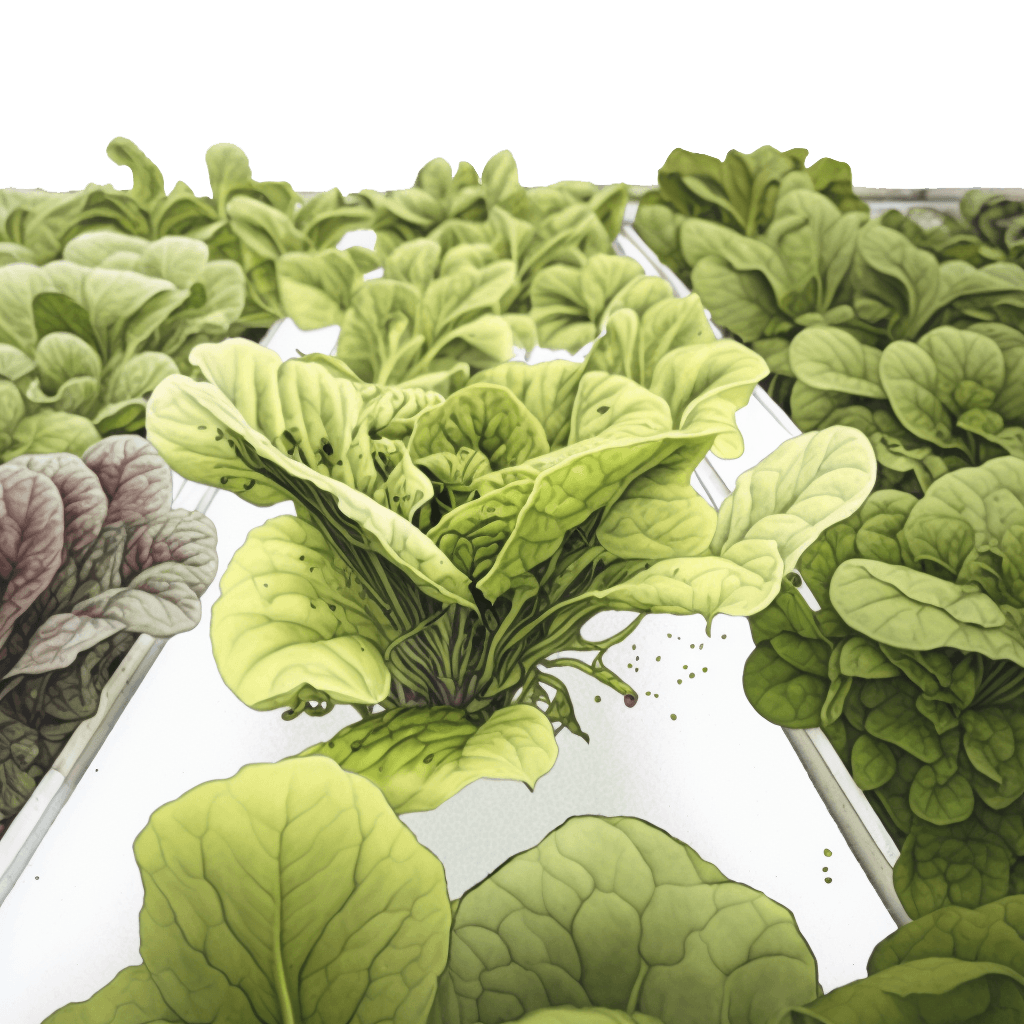
more on setups:
fish types for aquaponics:
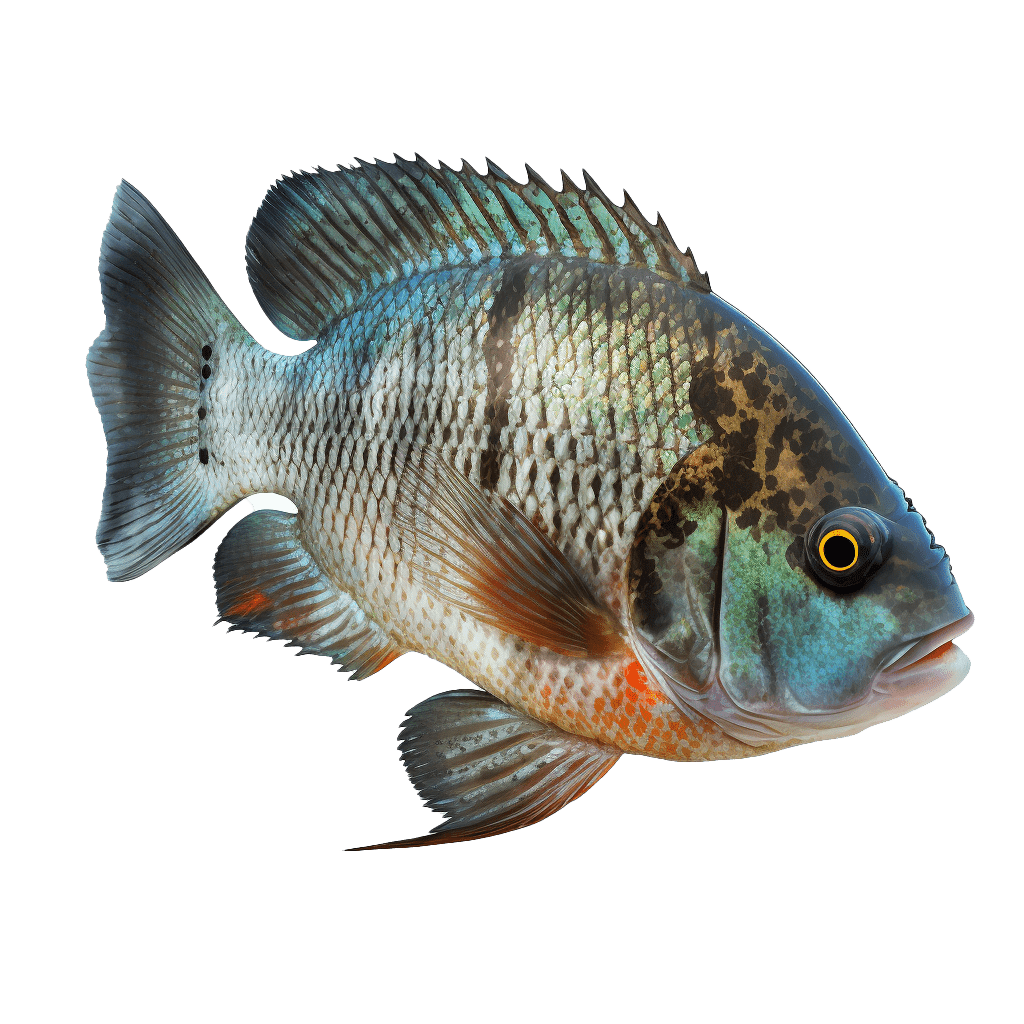
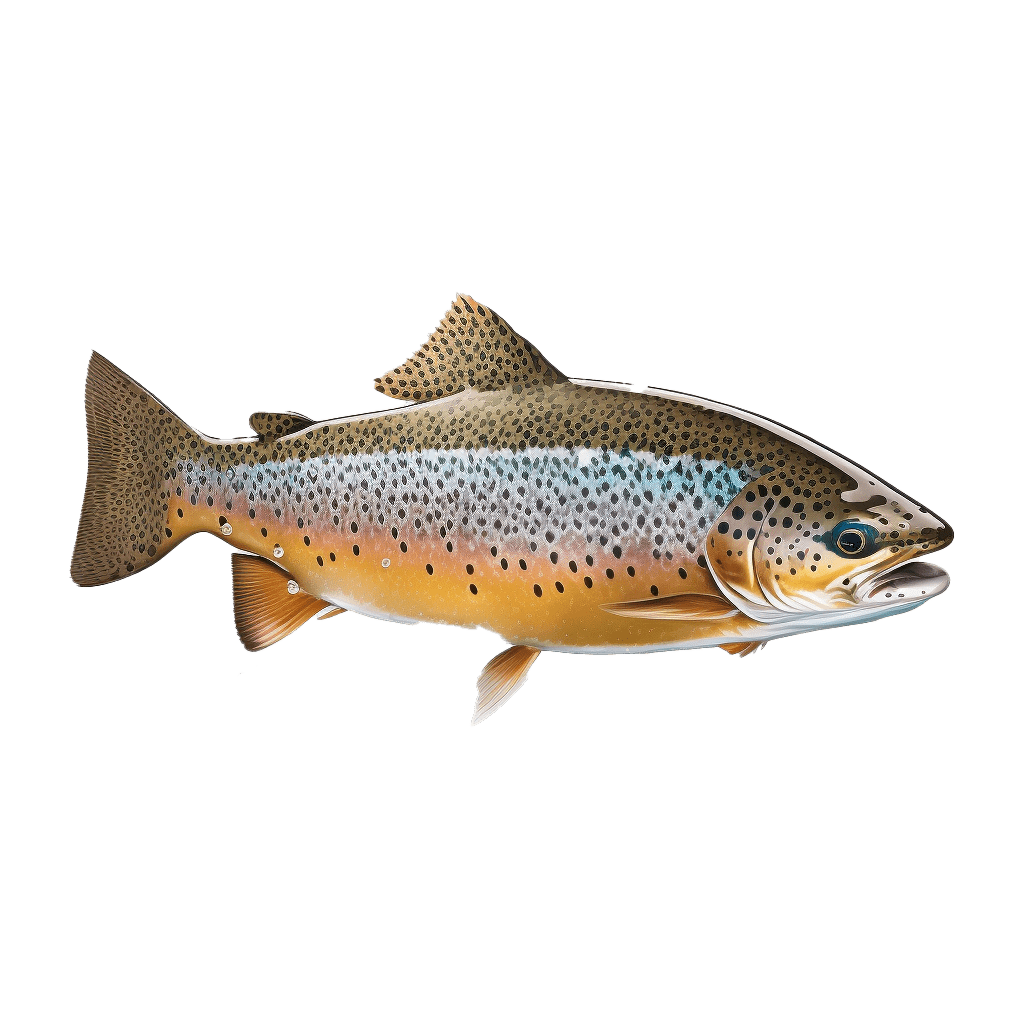
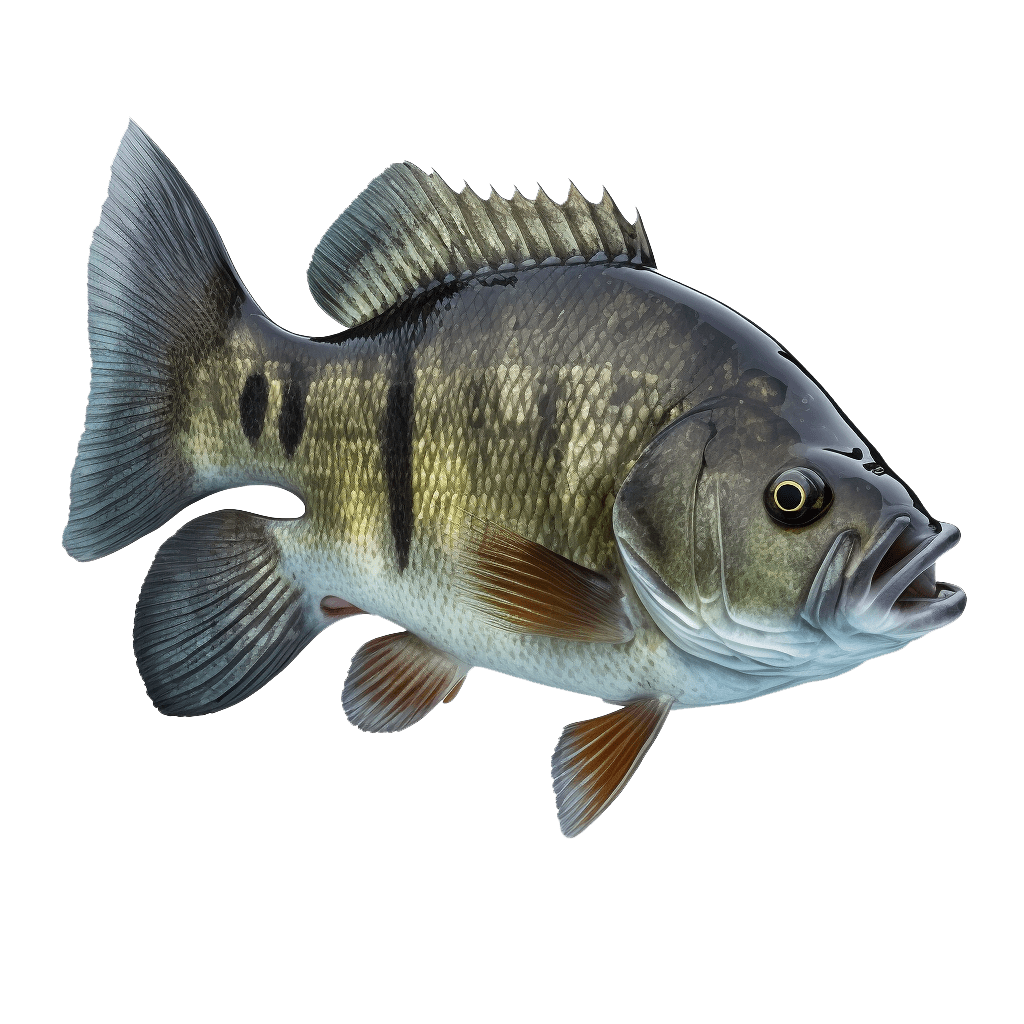
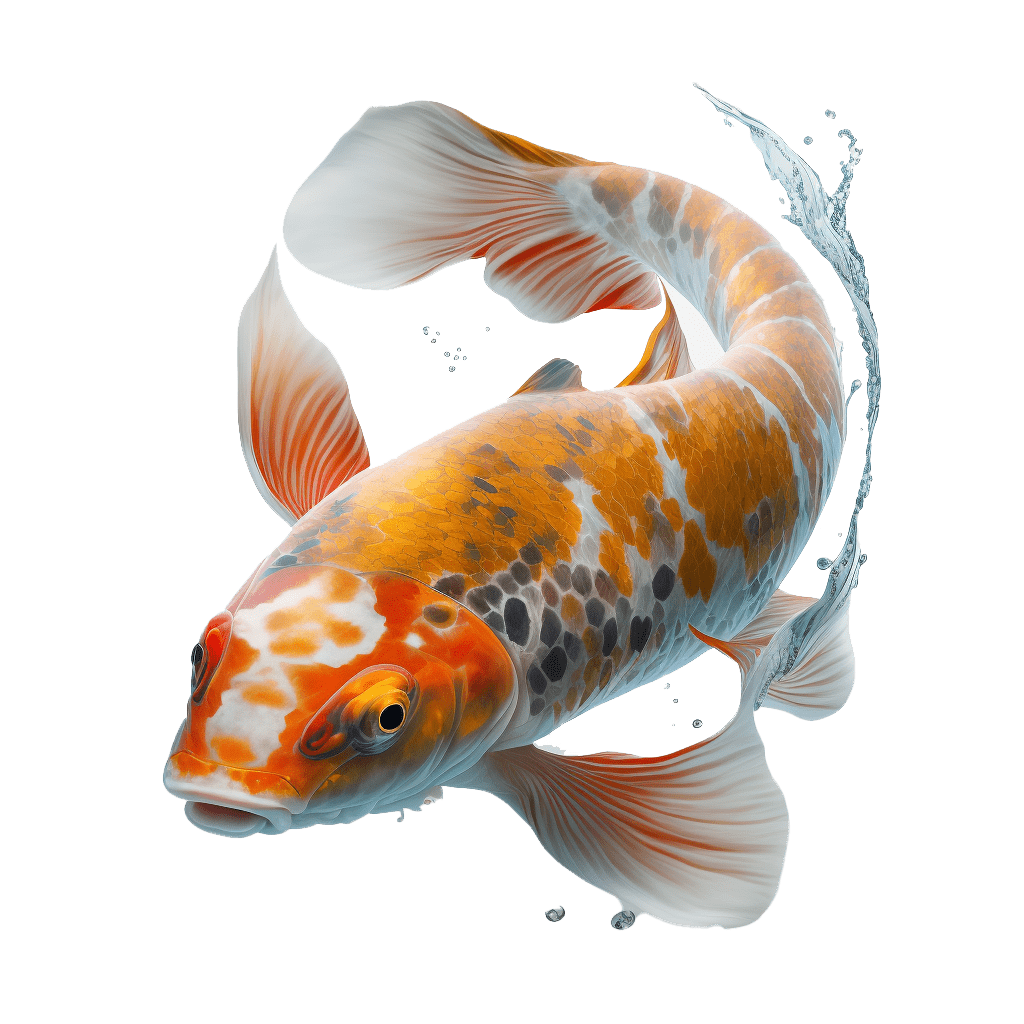
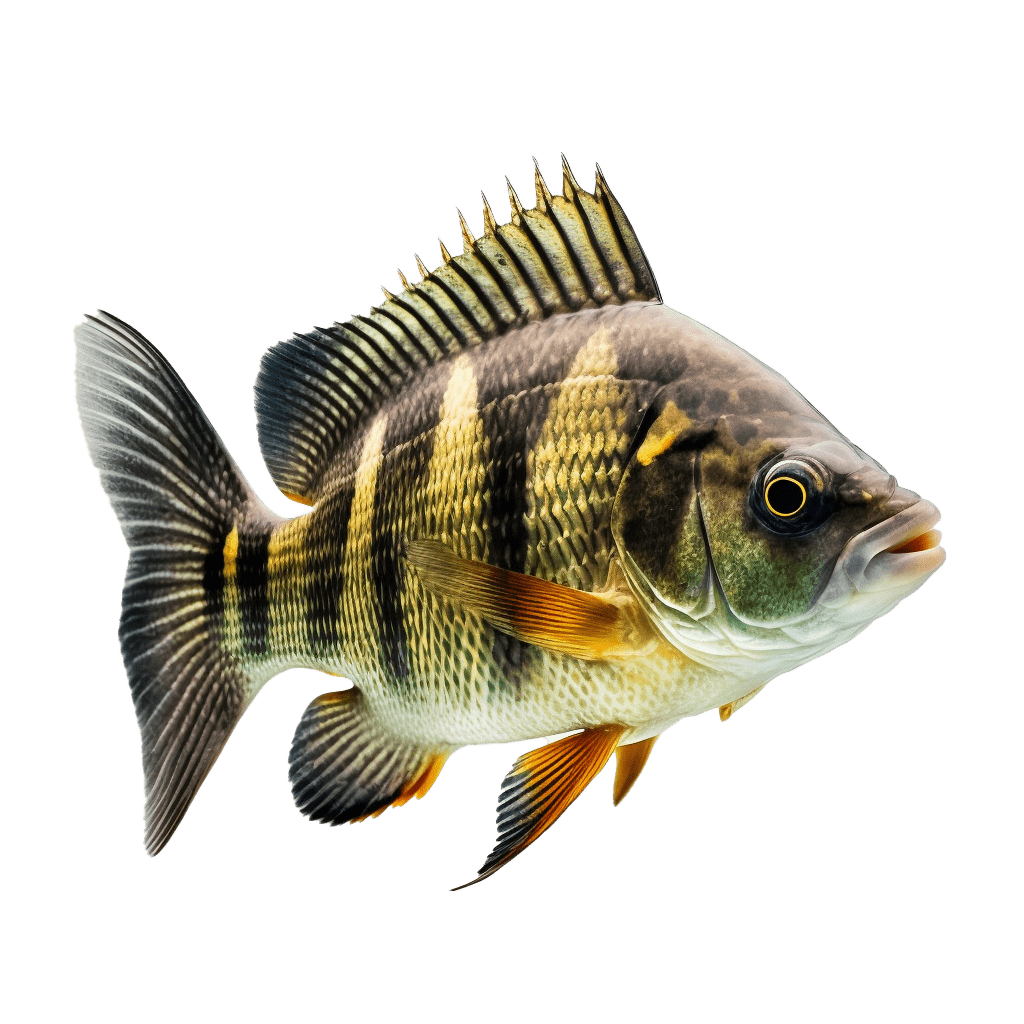
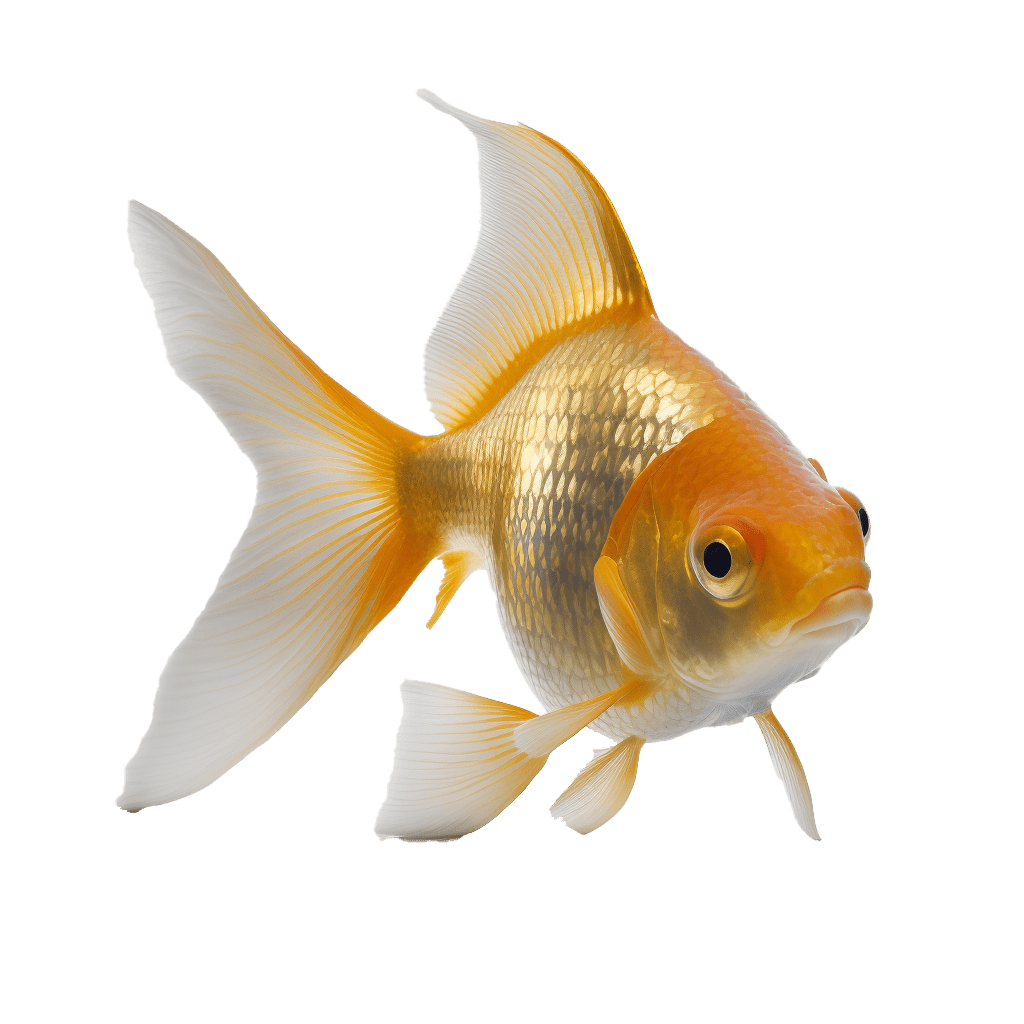
aquaponics fish supplies:
more on fish:
Where to start
There a a number of different ways that you can set up your home scale aquaponics unit. There is no real right way, however there are a few things to consider to avoid some of the wrong ways. Your choice of system should best suit your needs and resources.
Whether you are a beginner or an experienced aquaponic gardener, there is a system that will meet your needs and help you to successfully grow fresh and healthy food in an urban environment.






